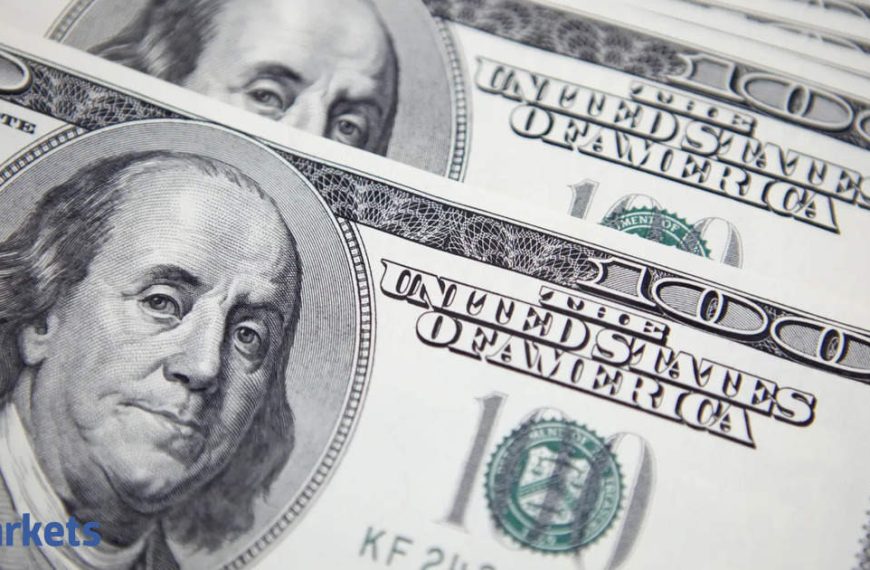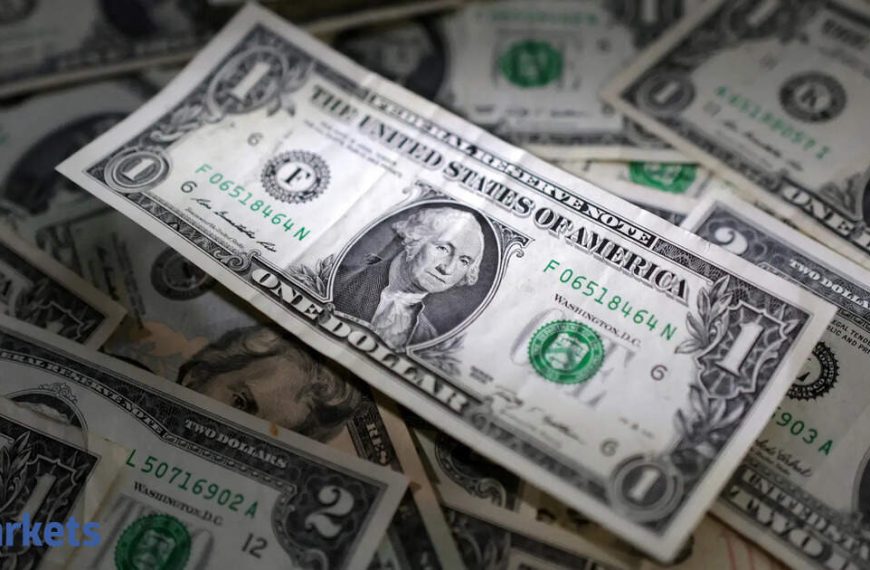As the trading week kicks off, the U.S. dollar is showing a stable performance, with investors eagerly anticipating a series of economic reports. These upcoming data releases could offer insight into the potential impacts of President Donald Trump’s trade policies on the economy. With significant events scheduled, market participants are closely watching how these developments might influence financial stability.
Current Dollar Performance
The greenback is currently valued at 143.57 yen and $1.1360 against the euro. Despite this momentary stability, the dollar is on track for its largest monthly decline in nearly two and a half years. This downward trend has been fueled by growing concerns about the reliability of U.S. assets, with the dollar experiencing a 4% drop against both the euro and the yen in April.
- Dollar vs. Yen: 143.57
- Dollar vs. Euro: $1.1360
- Monthly Decline: Largest in 2.5 years
- Drop in April: Over 4% against yen and euro
Market Reactions to U.S.-China Relations
Recent shifts in U.S.-China relations have provided a temporary boost to the dollar. Last week, there appeared to be a softening of tensions, with the Trump administration expressing a willingness to reconsider tariffs. Concurrently, China exempted certain imports from its hefty 125% levies. However, while Trump has claimed progress and mentioned discussions with President Xi Jinping, Beijing has denied that any talks are taking place. On Sunday, Treasury Secretary Scott Bessent refrained from confirming that tariff discussions were ongoing.
Anticipation for Economic Data
Investors are now looking ahead to critical economic indicators, particularly the U.S. jobs report set to be released on Friday. Analysts anticipate a noticeable slowdown in hiring, which could have broader implications for the U.S. economy. In addition to job figures, this week will also unveil the first-quarter Gross Domestic Product (GDP) data and the Federal Reserve’s preferred inflation measure, core PCE.
- U.S. Jobs Figures: Expected slowdown
- Additional Releases: GDP and inflation data
Around the globe, Europe will also publish its GDP and preliminary inflation statistics, while Australia’s inflation report on Wednesday is not expected to halt a confirmed rate cut. The Australian dollar remains strong, trading near $0.64, while the New Zealand dollar hovers just below $0.60. According to Joe Capurso, a strategist at the Commonwealth Bank of Australia, the AUD/USD could break through the resistance at 0.6464, which has proven challenging this month.
Canadian Elections and Currency Stability
Meanwhile, Canada is gearing up for elections with the ruling Liberal Party holding a slight lead. Currency markets are not anticipating major volatility, as the Canadian dollar remains stable at C$1.3874 per U.S. dollar.
Upcoming Bank of Japan Policy Meeting
The Bank of Japan is set to convene on Thursday, with no policy changes expected. However, the focus will be on their economic outlook and strategies to navigate an unpredictable environment, especially considering the ongoing U.S.-Japan trade discussions. Japan’s top currency diplomat, Atsushi Mimura, recently refuted a report suggesting that Bessent advocated for a weak dollar and strong yen during discussions.
In conclusion, with a week full of crucial economic data and political events, market participants are keenly observing how these factors will shape the future of the dollar and global currencies.











